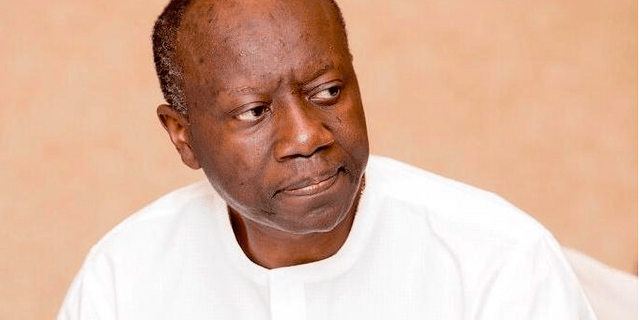Current account deficit revised downwards to 2.8%
“At Fitch Solutions we forecast that the Ghanaian current account deficit will narrow to 2.8% of GDP in 2022, from 3.2% in 2021. This marks a revision from our previous 2022 projection of a deficit of 3.1% of GDP, reflecting weaker-than-anticipated merchandise import growth of 7.7% y-o-y over the first four months of 2022, while exports grew by 17.1%,”
- Advertisement -
Ghana’s current account deficit for 2022 has been revised downwards by Fitch Solutions.
In a recent report assessing the country’s present economic challenges and conditions, Fitch Solutions revised downwards by 0.3% Ghana’s current account deficit from 3.1% to 2.8%.
- Advertisement -
According to the research agency, this is due to weak imports and growth in exports in the first four months of the year.
- Advertisement -
“At Fitch Solutions we forecast that the Ghanaian current account deficit will narrow to 2.8% of GDP in 2022, from 3.2% in 2021. This marks a revision from our previous 2022 projection of a deficit of 3.1% of GDP, reflecting weaker-than-anticipated merchandise import growth of 7.7% y-o-y over the first four months of 2022, while exports grew by 17.1%,” noted the agency.
The narrowing of the country’s current account deficit to 2.8% will partly be due to a widening of the country’s trade surplus.
The widening trade surplus will however be partly offset by increase in primary income deficit.
“As a result of increased borrowing on international capital markets in recent years, Ghana’s total external debt stock has risen from 37.1% of GDP in 2017 to an estimated 50.5% of GDP in 2021.
- Advertisement -
“With most of Ghana’s debt denominated in foreign currency, the sell-off of the cedi – which lost roughly 30.0% of its value against the USD year-to-date (August 2022) – will inflate the external debt-to-GDP ratio to a projected 78.5% in 2022.
“We expect external borrowing to continue, further increasing already high interest payments over 2022 and causing the primary income deficit to widen to a forecast 8.2% of GDP, from 4.8% in 2021,” quipped Fitch Solutions.
Despite the expected narrowing of the country’s current account deficit in 2022, Fitch Solutions projects current account deficit to increase to 3.5% in 2023.
“We forecast that the current account deficit will widen to 3.5% of GDP in 2023,” said Fitch Solutions.
“While the trade surplus will remain sizeable by historical standards, it will narrow slightly to 4.2% of GDP on easing oil and gold prices. We forecast merchandise import growth of 4.0% to outpace export growth of 1.4%, as moderating price pressures will gradually improve financial conditions for households and businesses, increasing demand for imported goods and services.
“At the same time, we project that the primary income deficit will widen further to 9.4% of GDP as external interest payments continue to rise. In addition, we expect multinationals, which will have benefited from elevated global commodity prices over 2022, to expatriate large profits in Q1 2023 (the period during which Ghana-based multinationals typically repatriate profits), leading to higher outflows and weighing on the primary income account,” it added.
- Advertisement -


